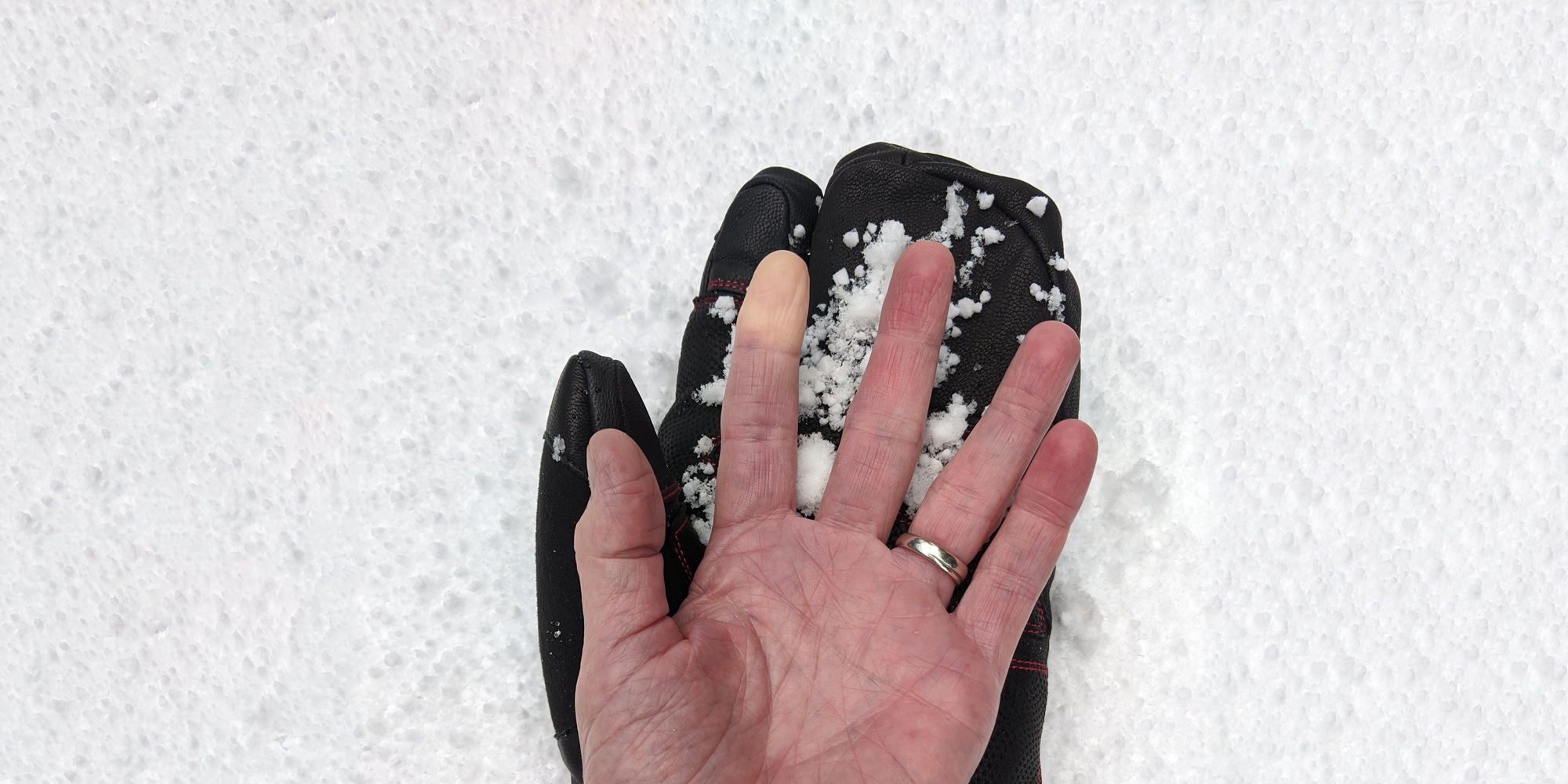Attacks can also be triggered by surprisingly mild conditions—I’ve even had one happen while relaxing in a breezy, shady campsite after a balmy summer hike. The attacks, when I get them, are not painful, and mine typically subside within five or 10 minutes or so if I take steps to warm up my hands.
To learn more about Raynaud’s, I spoke with a physician who treats many Raynaud’s sufferers in her practice. Gurpreet Rawat, MD, is a rheumatologist at Kaiser Permanente Medical Center in Bellevue, Wash. An REI Co-op Member since 2013, Dr. Rawat also has the condition herself. She provides the information below about Raynaud’s and shares her advice on how to manage this condition.
What is Raynaud’s?
Raynaud’s (syndrome or phenomenon or disease—you pick) is a chronic condition where, for unknown reasons, arteries in your extremities suddenly constrict. It affects at least 5% of the population. Raynaud’s symptoms are straightforward and vary in severity from person to person:
- Your fingertips and/or toes (extremities vary and might also include the nose or ears) turn white initially and might also turn purple or blue after several minutes.
- Affected areas sometimes also become numb or ache.
- When it subsides (as affected arteries open up suddenly and blood floods back in), your skin turns bright red and might have a brief burning sensation.
How does frostbite differ from Raynaud’s?
While initial symptoms like numbness and white or blue fingers are similar, with frostbite the skin will have a hard, waxy texture. With Raynaud’s, skin texture remains unchanged. Frostbitten fingers might also have a yellowish gray appearance.
A key distinction from frostbite is that Raynaud’s is a condition that happens repeatedly, so you’re likely to notice it prior to your being in severely cold conditions. If you’re out in the cold and unsure whether you have Raynaud’s or frostbite, the prudent approach is to assume you have frostbite and treat it accordingly. The key treatment difference for frostbite is to avoid rubbing the tissue or using hot water because those tactics can cause damage. (Gradual warming techniques will work for both conditions.)
Note, too, that previous frostbite episodes may make it more likely that you will develop Raynaud’s in the future.
What you can do to manage Raynaud’s
If you suspect you might have Raynaud’s, the first step is to talk to your doctor. Having Raynaud’s doesn’t mean you have to give up outdoor activities. Not surprisingly, most of what you’ve learned about cold-weather concerns outdoors applies to preventing or lessening the severity of a Raynaud’s episode. Dr. Rawat offers the strategies below for managing the condition while still getting outside:
- Layer up well before you head out into the cold (and err on the side of more insulation when choosing those layers).
- Cover everything and go with gear that offers more warmth and coverage—mittens rather than gloves or a beanie instead of ear warmers, for example. (Some sufferers think of electronically heated gloves and mittens as “Raynaud’s syndrome gloves.”)
- Use handwarmer and footwarmer packets, and put them in before heading outdoors.
- Avoid over-venting and cooling off too quickly when you work up a sweat because temperature changes are a key trigger. A sudden rush of cold air can feel good initially, but it might also bring on a Raynaud’s episode after that.
Other strategies for minimizing the length and severity of a Raynaud’s attack include:
- Placing hands under the armpits
- Running warm water or warm air over hands
- Wind-milling your arms or flicking your wrists as though you are throwing a disc
- Drinking a warm beverage
- Relaxation and mindfulness techniques, because stress can also trigger or worsen an attack
You’ll ultimately find that certain approaches work better for you than others. Over the years, I’ve learned to manage the condition so that I can still enjoy my time outside. On backpacking trips, for example, I always try to have a hot meal early in the evening. During winter, my most prized cross country ski gear is a pair of gloves that look like they were designed for an Everest expedition. Warmth is a wonderful thing, in memories—and in your gear.
